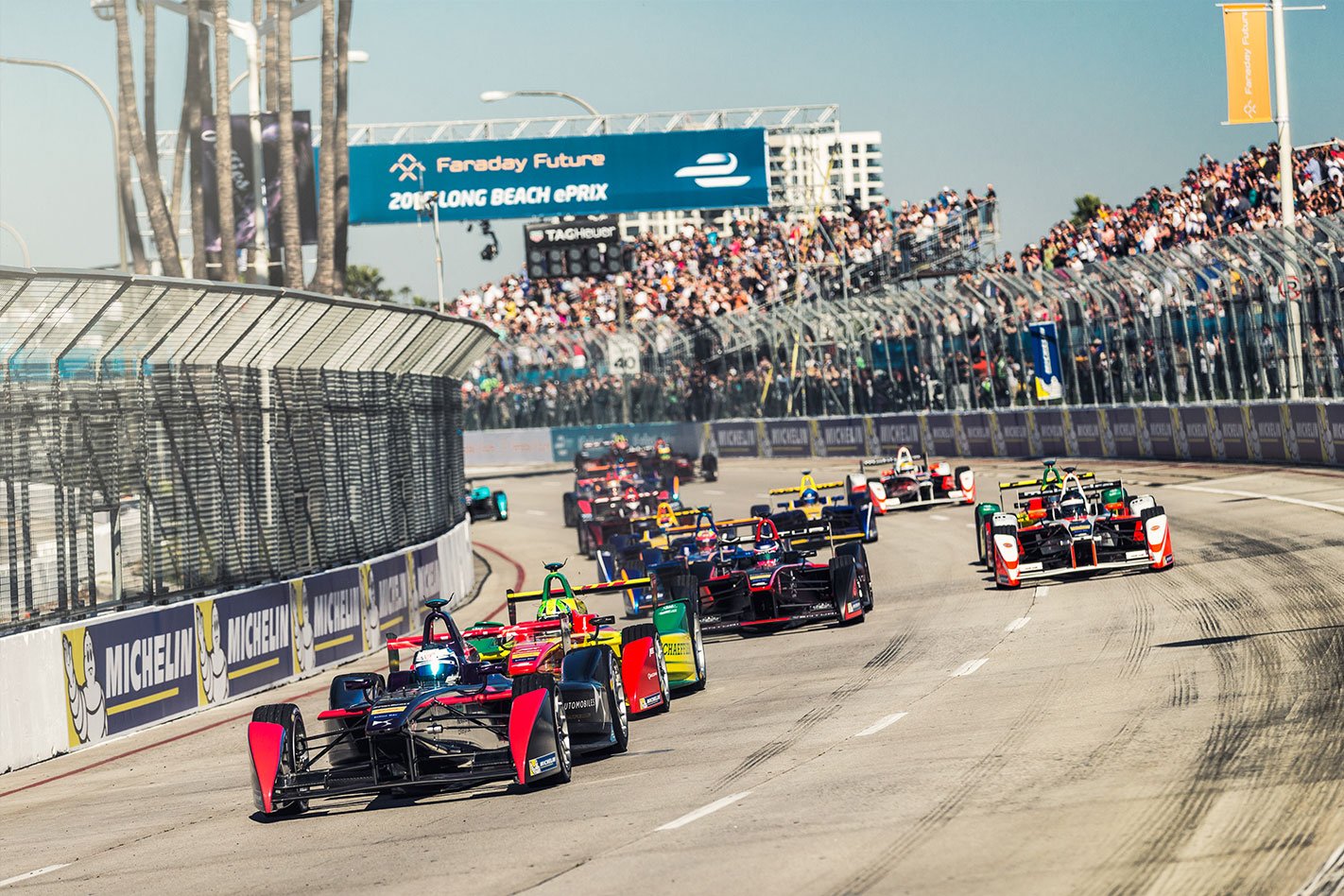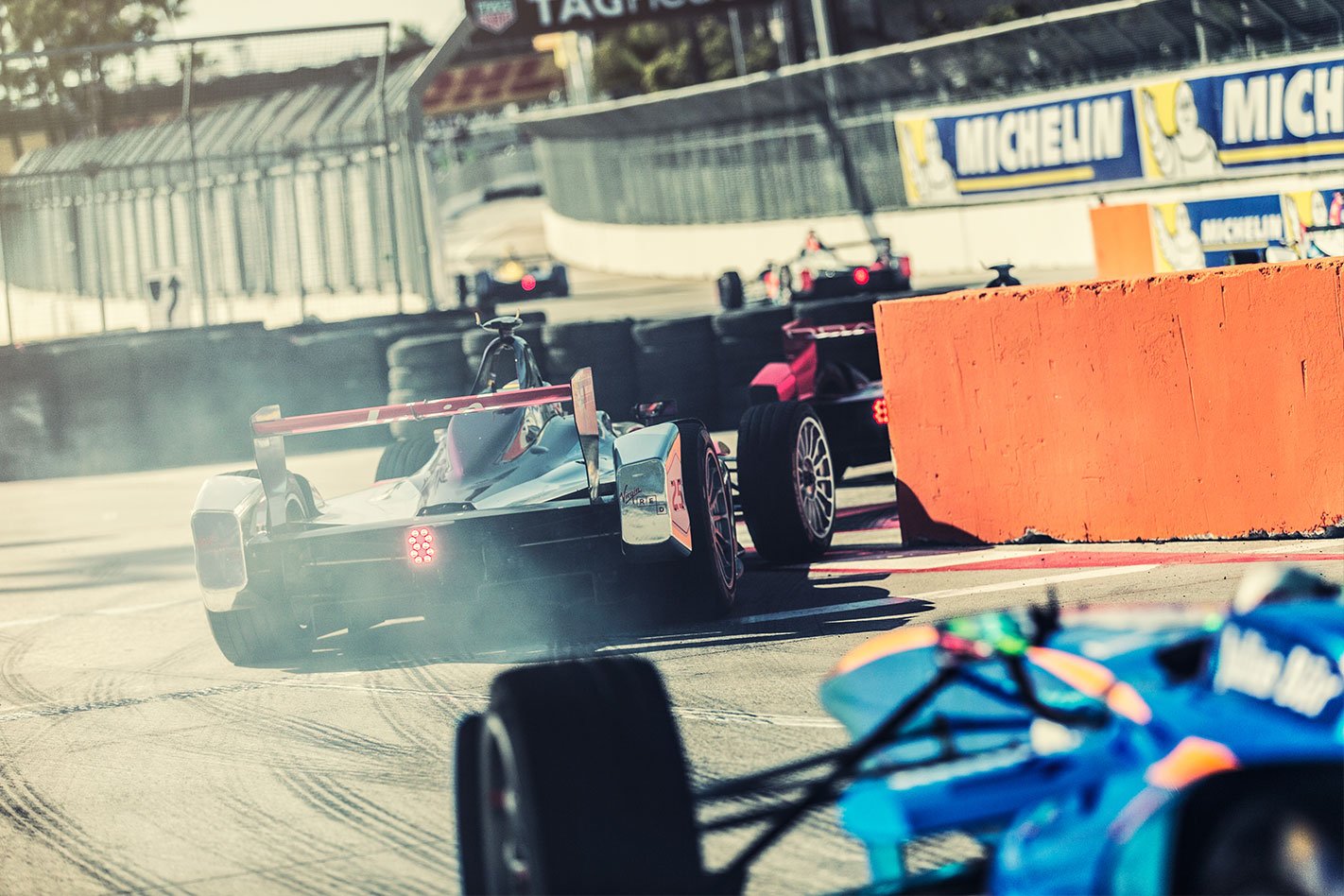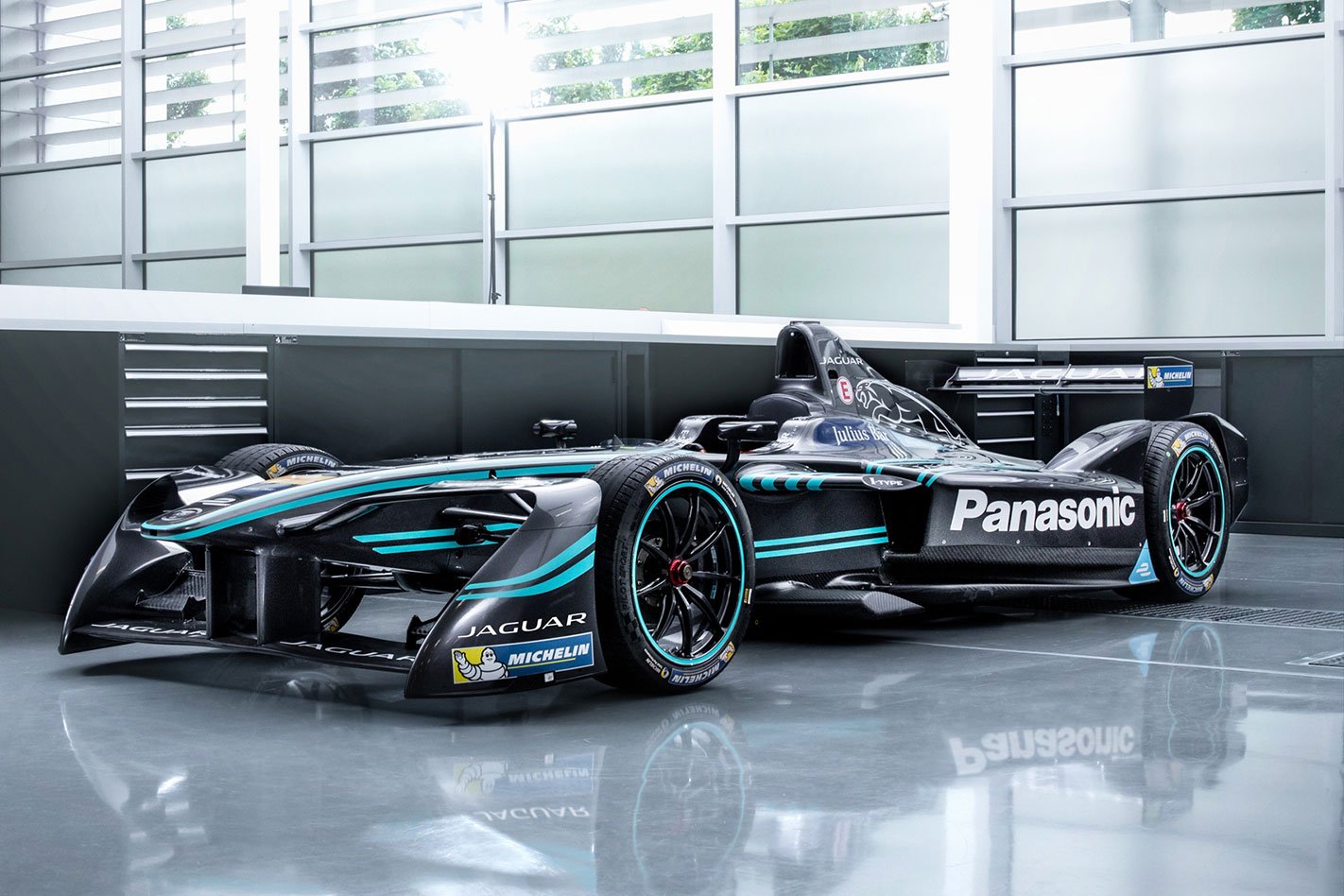It wasn’t so long ago that the idea of electric racing cars was ridiculous. All spark and no bark. About as much appeal as silent movies.
Funny thing is, electric vehicles are at the cutting edge of automotive technology, yet battery-powered cars are the contemporaries of the original voiceless films. In the very late 1890s and dawn of the 20th century, battery-electric propulsion vied with internal-combustion engines for supremacy.
The fastest, cleanest and most reliable early automobiles were electrically driven. The first car to exceed 100km/h was an electric racer in 1899. On the road and in competition, petrol power took over in the early 1900s because of the range and output limits of lead acid batteries, and the widespread availability of cheap fuel from oil.

Since 2014, the world’s first dedicated electric racing championship has grown remarkably, gaining the attention of an increasing number of major manufacturers. Formula E is yet to yield any return on the hundreds of millions of dollars invested in its establishment, but it has broken barriers and given ‘green’ racing a toehold. It has infiltrated the centres or inner urban areas of metropolises like Paris, Berlin, Hong Kong, Montreal, New York City and – briefly – London, staging street race events in iconic locations that F1 has long coveted.
Formula E has been accepted by some of the world’s great cities because it doesn’t create an appreciable noise. What turns off diehard enthusiasts is exactly what attracts mega-city officials.

Across three seasons so far, crowds at the events have been decent rather than packed out, attracted by mostly promotional giveaway tickets, the festival atmosphere and easily accessible locations. Tellingly, though, the attendees have mainly been casual turn-ups rather than traditional racing fans.

They’re quickish, despite strict control of power output, and look futuristic with their semi-enveloping open-wheeler bodywork. Amid drivers having to regulate the power drain of the batteries, another quirk is the artifice of fan-voted ‘push-to-pass’ power boosts. The major bugbear for enthusiasts is that competitors have to swap cars during the races because the battery pack charge can’t last anywhere near the moderate distance of the races. That will change for the 2018-19 season, when a new long-lasting battery system will be introduced with an all-new chassis.

Electric racing will boom, attracting more manufacturers as BEVs become more important, and inevitably contract when too many are involved and costs spiral. As has been the way in conventional motor sport forever.
Formula E is a part of the future of racing, but it is not the future. F1, Supercars, IndyCars and other major series will adapt, retaining – or readopting – loud combustion engines as they evolve into entertainment spectaculars more than manufacturer-funded technological or marketing showcases. Or they will if they want to survive as major sports.





